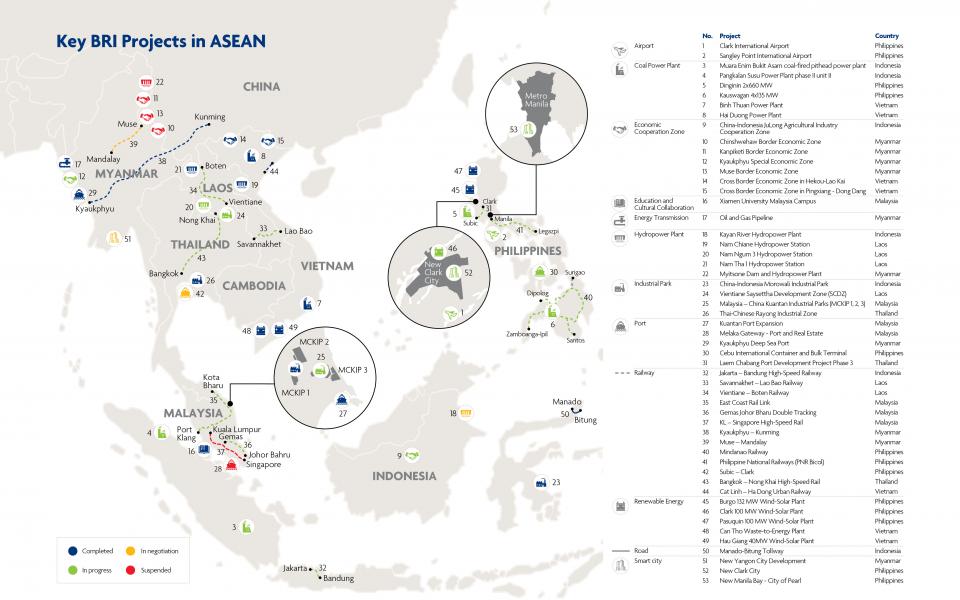The Belt and Road Initiative in ASEAN - Overview
HKUST IEMS Reports No. 2021-03
China’s Belt and Road Initiative (BRI) is enhancing development prospects and creating new business opportunities in ASEAN, one of the world’s most dynamic regions. Announced in 2013, the BRI is an ambitious plan to promote economic cooperation with countries around the world that has increasingly defined mainland China’s global engagement.
The BRI’s official goals are to promote five connectivities: policy coordination, facilities connectivity, unimpeded trade, financial integration, and people-to-people bonds. Under the Initiative, China has helped to finance large infrastructure projects with the support of its state-owned banks and sovereign wealth funds and encouraged mainland Chinese firms to undertake FDI projects in participating countries.
UOB Hong Kong collaborated with the Institute (Albert Park, Angela Tritto, and Dini Sejko) from 2018 to 2020 to conduct a research project titled “the Belt and Road Initiative in ASEAN”. It covers six emerging markets in ASEAN, including Indonesia, Malaysia, Myanmar, the Philippines, Thailand and Vietnam. It aims to provide insights into the political, institutional, and environmental factors that affect the success of the Belt and Road Initiative projects in these markets and the potential for foreign direct investment opportunities.
Find out more about The Belt and Road Initiative in ASEAN - Overview here.









